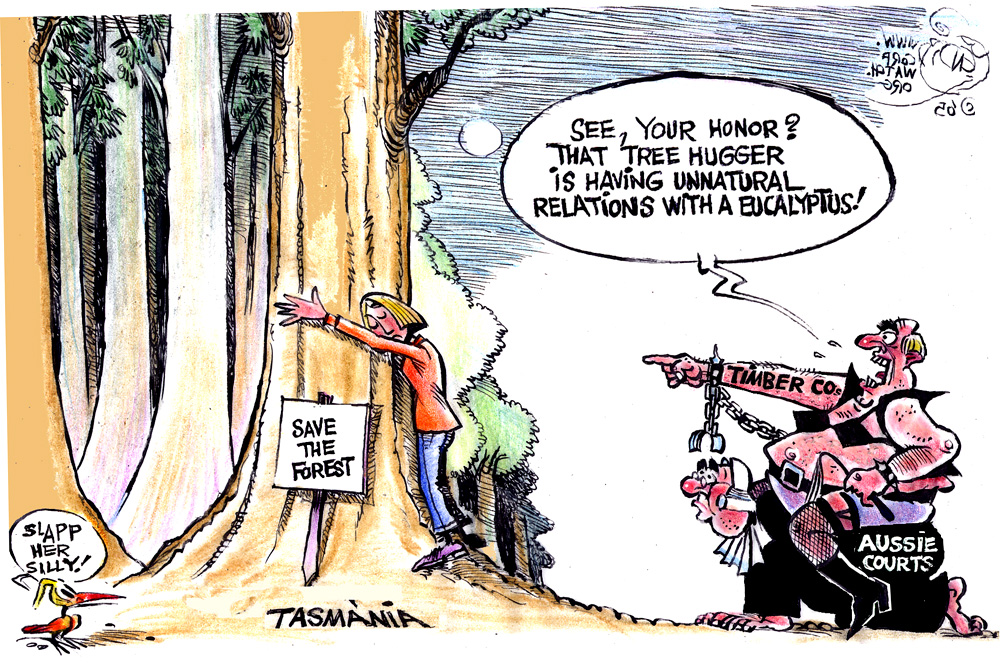Congress seems ready to spend billions on a new "Manhattan Project" for green energy, or at least the political class really, really likes talking about one. But maybe we should look at what our energy subsidy dollars are buying now.
Some clarity comes from the U.S. Energy Information Administration (EIA), an independent federal agency that tried to quantify government spending on energy production in 2007. The agency reports that the total taxpayer bill was $16.6 billion in direct subsidies, tax breaks, loan guarantees and the like. That's double in real dollars from eight years earlier, as you'd expect given all the money Congress is throwing at "renewables." Even more subsidies are set to pass this year.
An even better way to tell the story is by how much taxpayer money is dispensed per unit of energy, so the costs are standardized. For electricity generation, the EIA concludes that solar energy is subsidized to the tune of $24.34 per megawatt hour, wind $23.37 and "clean coal" $29.81. By contrast, normal coal receives 44 cents, natural gas a mere quarter, hydroelectric about 67 cents and nuclear power $1.59.
The wind and solar lobbies are currently moaning that they don't get their fair share of the subsidy pie. They also argue that subsidies per unit of energy are always higher at an early stage of development, before innovation makes large-scale production possible. But wind and solar have been on the subsidy take for years, and they still account for less than 1% of total net electricity generation. Would it make any difference if the federal subsidy for wind were $50 per megawatt hour, or even $100? Almost certainly not without a technological breakthrough.
By contrast, nuclear power provides 20% of U.S. base electricity production, yet it is subsidized about 15 times less than wind. We prefer an energy policy that lets markets determine which energy source dominates. But if you believe in subsidies, then nuclear power gets a lot more power for the buck than other "alternatives."
The same study also looked at federal subsidies for non-electrical energy production, such as for fuel. It found that ethanol and biofuels receive $5.72 per British thermal unit of energy produced. That compares to $2.82 for solar and $1.35 for refined coal, but only three cents per BTU for natural gas and other petroleum liquids.
All of this shows that there is a reason fossil fuels continue to dominate American energy production: They are extremely cost-effective. That's a reality to keep in mind the next time you hear a politician talk about creating millions of "green jobs." Those jobs won't come cheap, and you'll be paying for them.
http://online.wsj.com/article/SB121055427930584069.html





 Reply With Quote
Reply With Quote







